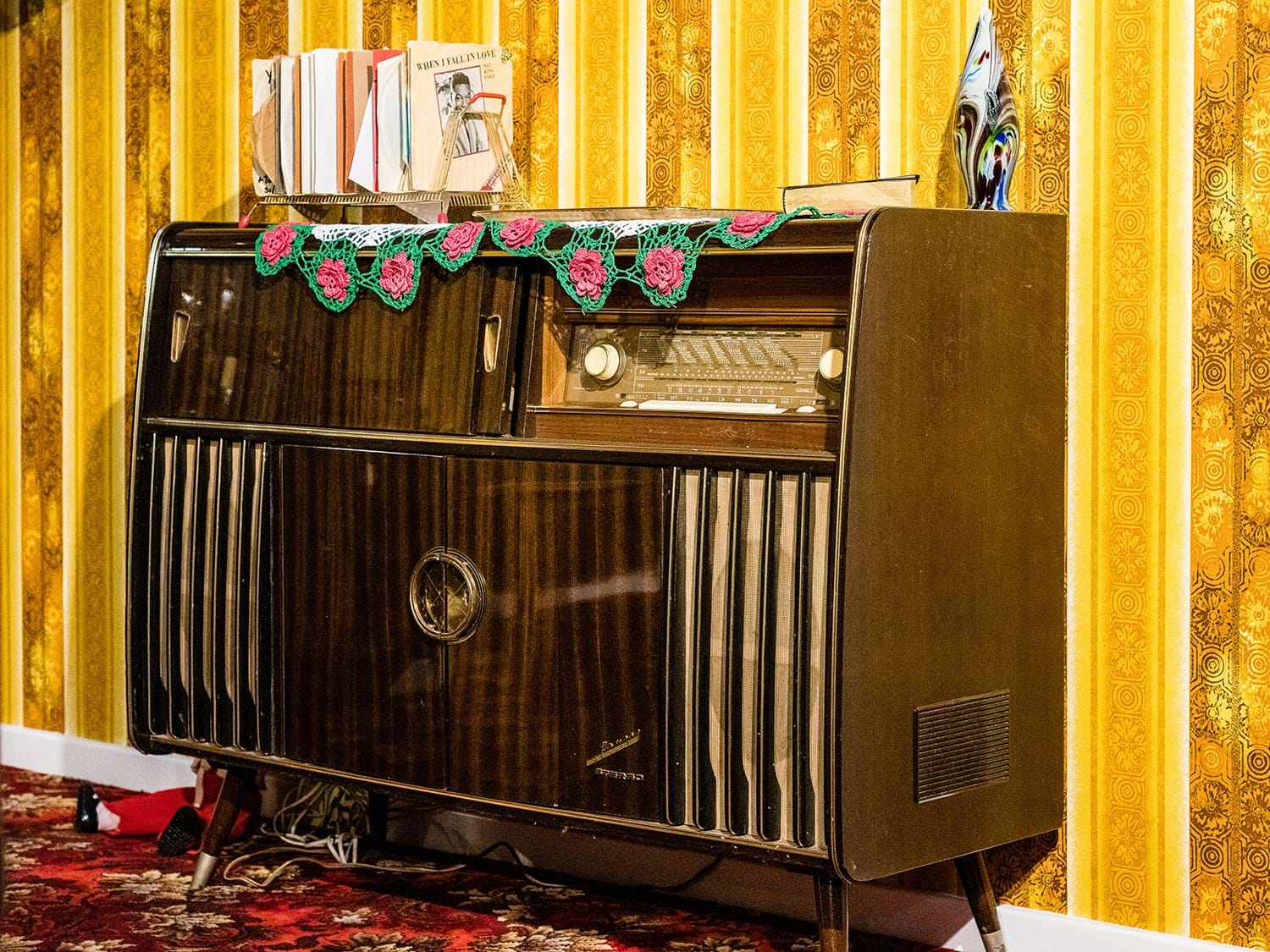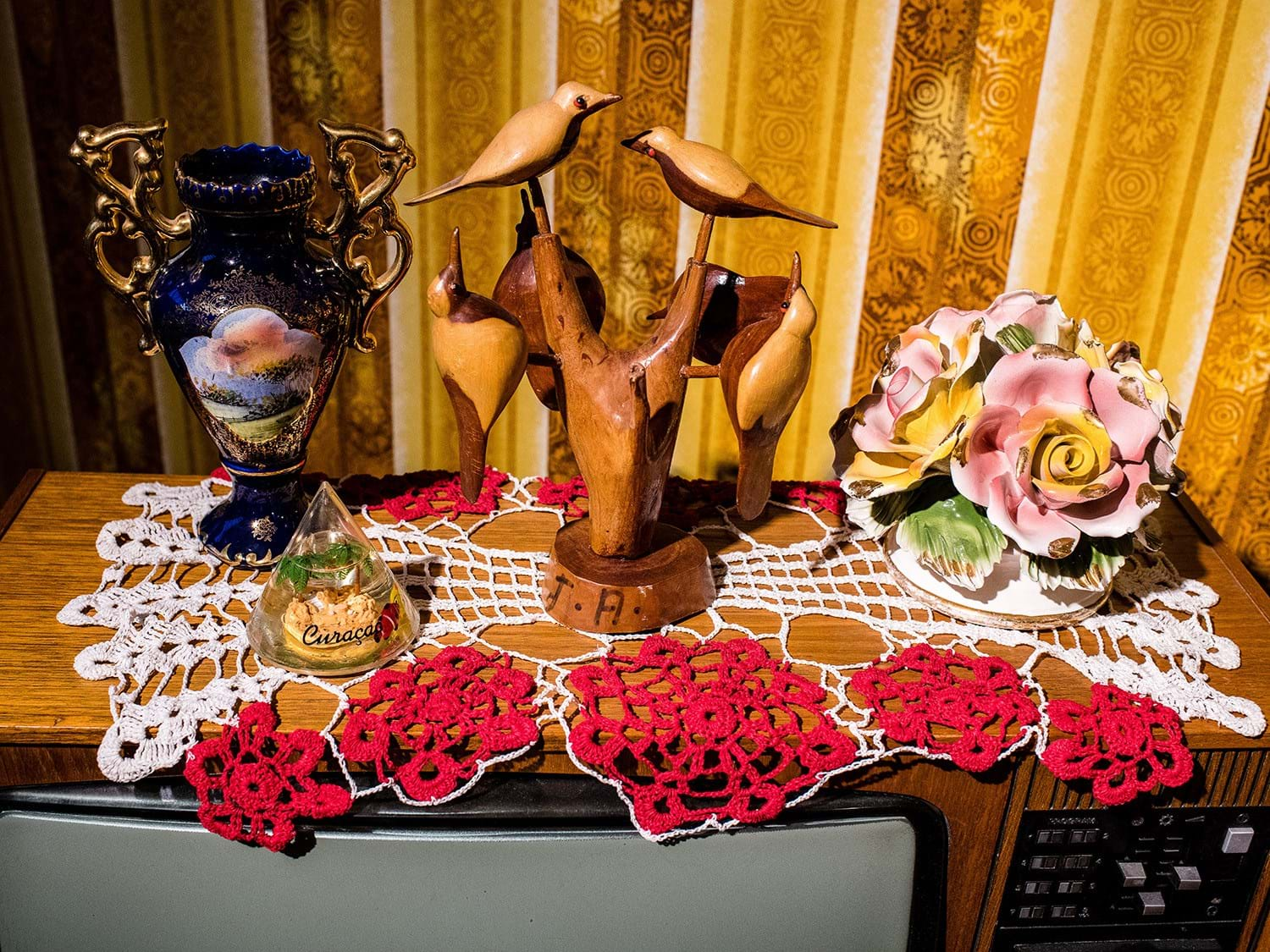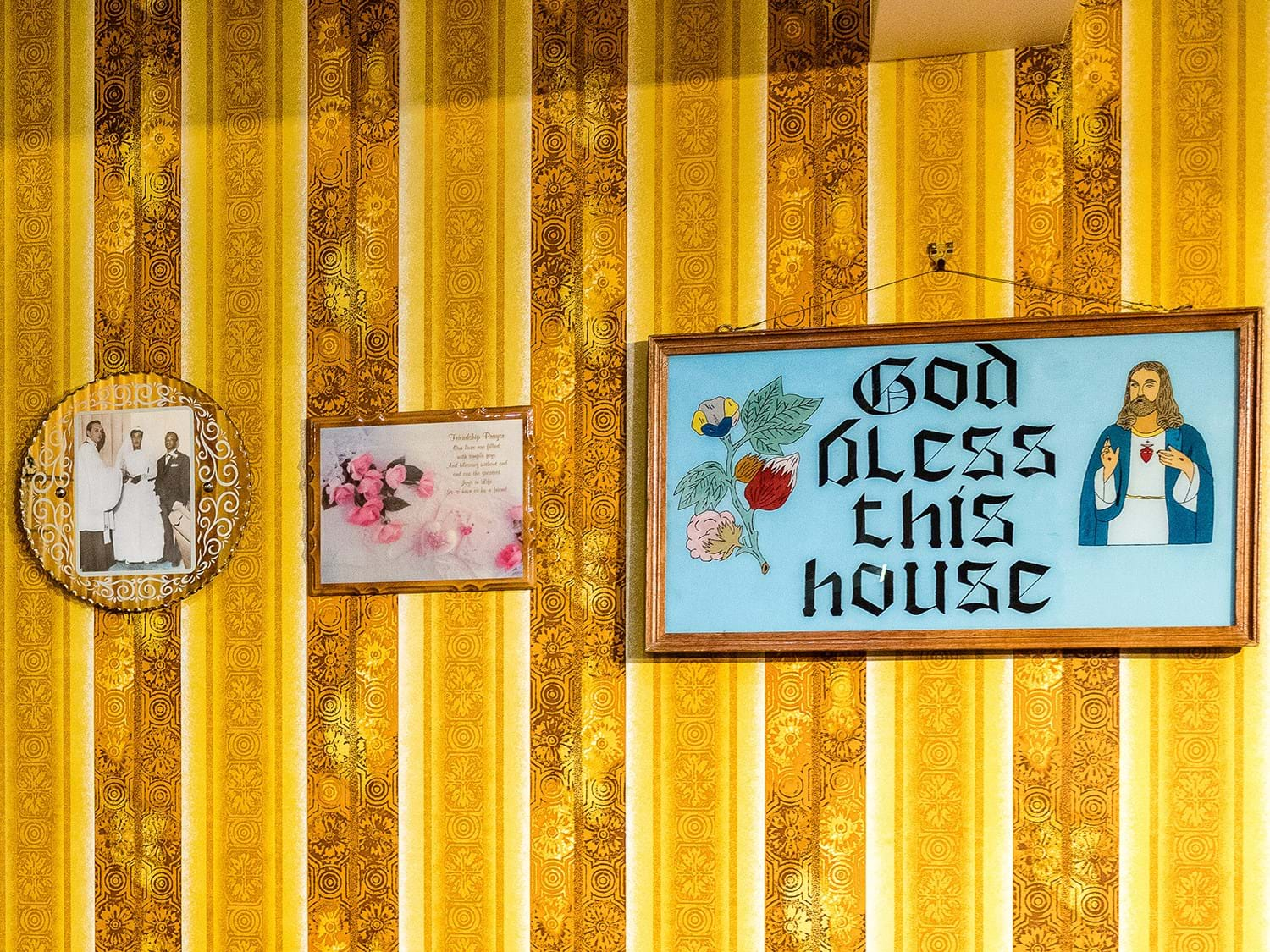Squatting stories
Whether motivated by necessity, politics, or often both, people have made homes by squatting empty properties for centuries. Seeing home as a right rather than a commodity, the squatting movement spread widely in the 1970s, fuelled by a lagging economy and an abundance of empty homes.
Squatting declined following its criminalisation in 2012, but for many squatters, this disruptive form of protest against the capitalist system of home ownership remains worth the risks.

Highlights
‘Bizarre’ Teapot
Clarice Cliff Collectors Club, 1997
A teapot like this one served as the piggy bank of a Gay Liberation Front commune in Notting Hill in the 1970s. Julian H recalls sharing a big space with 12 to 17 other gay men, ‘with no personal possessions, no personal clothes, no personal money and beds, mattresses all the way around the corner.’
Screwdriver and Security Bits Set
c.2004
Ewa S: A screwdriver set like this ‘was gifted to us by one of the fellow squatters who was about to leave the country and did not need it anymore. It was a most precious gift we could receive and brought us much luck. ... They would usually sit in “essentials good” backpacks located in the individual squatters’ rooms always ready in case of eviction.’
Squatters’ Handbook
Advisory Services for Squatters, 1979 and 2009
A squatting staple that’s shared and handed down, the Squatters’ Handbook contains comprehensive information on how to squat an empty building, from breaking in, turning on gas and electricity, to dealing with court orders and eviction. As landlords and lawmakers caught up, new editions were repeatedly published to stay one step ahead.
This constellation of stories highlights squatted homes across London from the 1940s to today. As community centres, family homes or party spaces, squats have remained creative and political hubs where domesticity can be redefined.
Squatters' Handbooks
[insert readable PDF]
On the Map
As temporary and often fleeting living arrangements, squatted homes exist under the ever-looming prospect of eviction. This evolving map shows the location of homes squatted by visitors to the Museum.
[insert image/PDF of map]
If you would like to add your squat to the map or share your story, get in touch by emailing curatorial@museumofthehome.org.uk

Radiogram, 1950s
This radiogram belonged to Ivy who came to the UK from Jamaica in 1959.
Ivy and her husband would listen to vinyl records on it, by artists Nat King Cole and Bob Marley, and on occasion pour themselves a Baby Cham or white rum from its drinks compartment.

Crochet doilies, c.1970
Crochet was taught to young women in the Caribbean by Christian missionaries.
The pieces displayed in the room belonged to Michael's Mum, Letha, and family friends Cynthia and Linda, who like many Caribbean migrant women made pieces to supplement their income.

Wall hangings
The room is decorated with religious images and prayers as well as family photographs taken at weddings and special occasions.
A black velour scroll featuring a map of Saint Vincent hangs beside souvenirs brought back from church outings to seaside towns.
